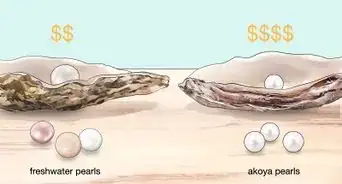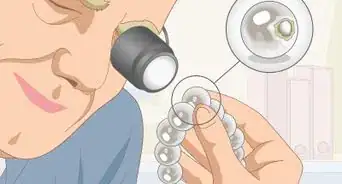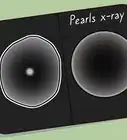This article was co-authored by Cory Schifter and by wikiHow staff writer, Hannah Madden. Cory Schifter is a Jeweler, Certified Jewelry Appraiser, and the Owner of Casale Jewelers in Dongan Hills, Staten Island, New York. Casale Jewelers is known for its selection of fine jewelry, designer brands, engagement rings, certified diamonds, custom-made jewelry, and watches. Cory has over 10 years in the jewelry industry and is a certified jewelry appraiser. Cory was featured on NY1 News “Got it Made in New York” for Casale Jewelers’ custom design business and Casale Jewelers was recognized by American Express and Facebook in 2012 as one of the top five small businesses in the nation.
There are 7 references cited in this article, which can be found at the bottom of the page.
This article has been viewed 8,411 times.
Pearl jewelry gives off a sense of elegance and class that’s hard to come by otherwise. Whether you’re looking to buy a new piece or sell an old one, understanding the value of real pearls can help you out. We’ve answered your questions about pearls so you can learn what’s valuable and what isn’t.
Steps
How much are real pearl earrings worth?
-
1South Sea pearl earrings range from $525 to $4,500. South Sea pearls are some of the most valuable you can find. They come in both gold and white, and the price fluctuates based on their size, their quality, and the vibrancy of their color. South Sea pearls are usually pretty large, which is why they’re so sought after.[1]
-
2Tahitian pearl earrings range from $325 to $1,100. These pearls are the only naturally dark pearls in the world. You can tell the difference between Tahitian pearls and dyed pearls by the oil-slick-like sheen that shows up in the sun. Tahitian pearls are usually fairly large, which is why they’re generally expensive.[2]Advertisement
-
3Akoya pearl earrings range from $99 to $1,200. These pearls are the least expensive of the saltwater pearls because they’re so abundant. They come in white, silver, and blue, and their price can vary based on the size, color, and quality.[3]
-
4
How can you tell if pearls are real?
-
1Rub the pearl against your tooth to see if it feels gritty. This is called the “tooth test.” Pick up your pearl and rub it on the front of your tooth (not on the edge, because that can scratch the pearl). If the texture feels rough or gritty, you have a real pearl. If it feels completely smooth, it might be fake.[7]
-
2Look for various sizes in a strand of pearls. Real pearls aren’t perfect, and they might be slightly differently shaped or sized. If all the pearls in your necklace look identical, there’s a chance that it has fake pearls.[8]
-
3Feel the pearls for a cool temperature. Real pearls start out cool, even if it’s warm out. Eventually, they’ll warm up in your hand after a few minutes. Fake pearls start out at room temperature, and they tend to stay that way.[9]
References
- ↑ https://www.pearlsofjoy.com/pages/pearl-prices
- ↑ https://www.pearlsofjoy.com/pages/pearl-prices
- ↑ https://www.pearlsofjoy.com/pages/pearl-prices
- ↑ https://www.pearlsofjoy.com/pages/pearl-prices
- ↑ https://www.gemsociety.org/article/pearl-jewelry-and-gemstone-information/
- ↑ https://www.gia.edu/pearl-quality-factor
- ↑ https://abcnews.go.com/Primetime/pearls-spot-real-deal/story?id=132020
- ↑ https://www.southernliving.com/fashion-beauty/southern-fashion/how-to-tell-if-pearls-are-real
- ↑ https://www.southernliving.com/fashion-beauty/southern-fashion/how-to-tell-if-pearls-are-real
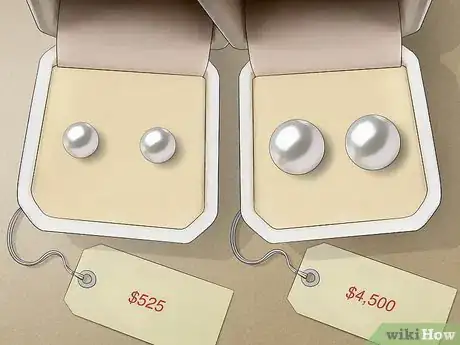
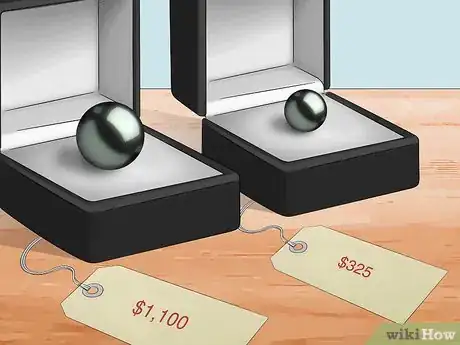
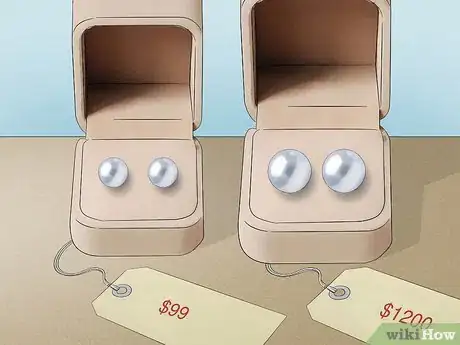
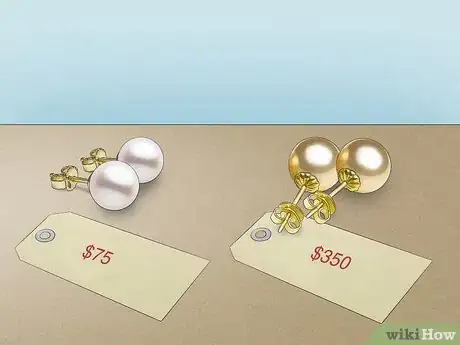
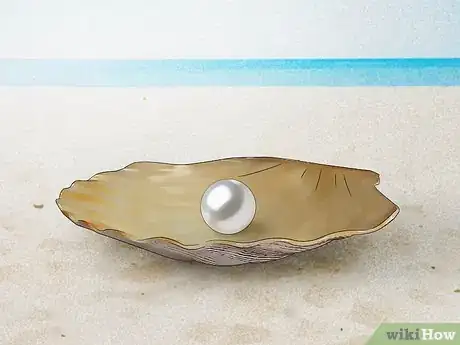


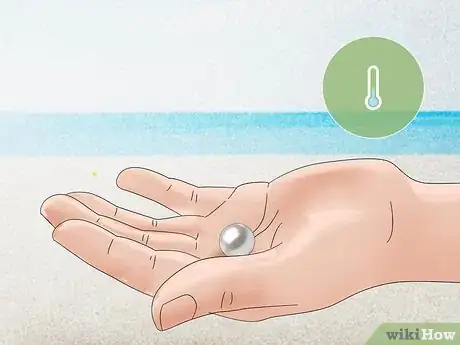
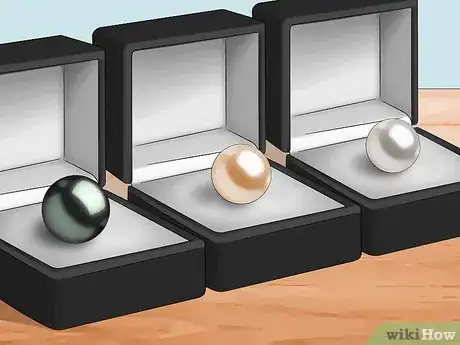
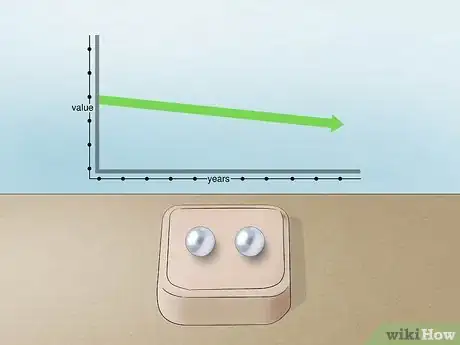

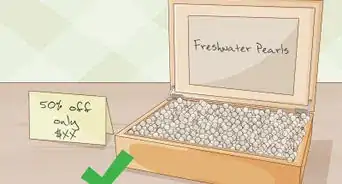
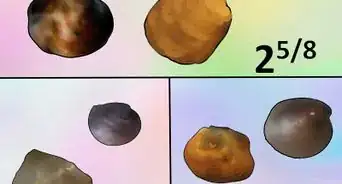
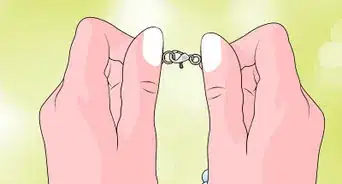



-Step-4.webp)
